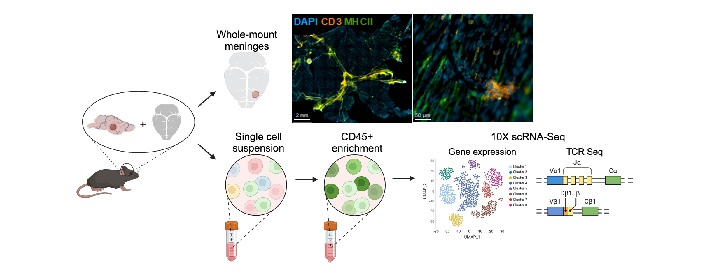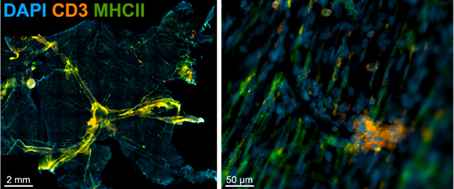Sie befinden sich hier
Inhalt

Graduate: Alina Paul
My work aims to unravel the underlying mechanism of MHC class II-dependent T cell control of brain tumors. One focus of my research is the meningeal niche, where I aim to dissect the multidirectional cellular communication network that orchestrates an effective T cell response by means of single cell sequencing and spatial profiling.

Supervisor: Prof. Dr. med. Michael Platten,
m.platten@medma.uni-heidelberg.de
Department of Neurology, UMM Mannheim, Heidelberg University, Head, Brain Tumor Immunology, DKFZ
www.umm.de/neurologische-klinik/
www.dkfz.de/de/neuroimmunologie/


